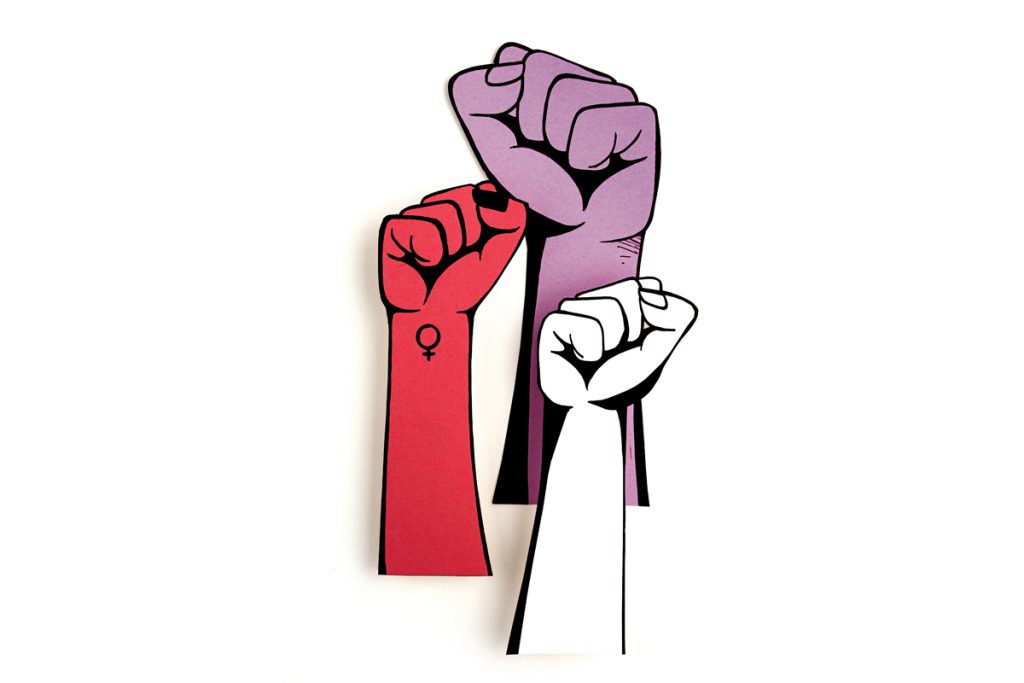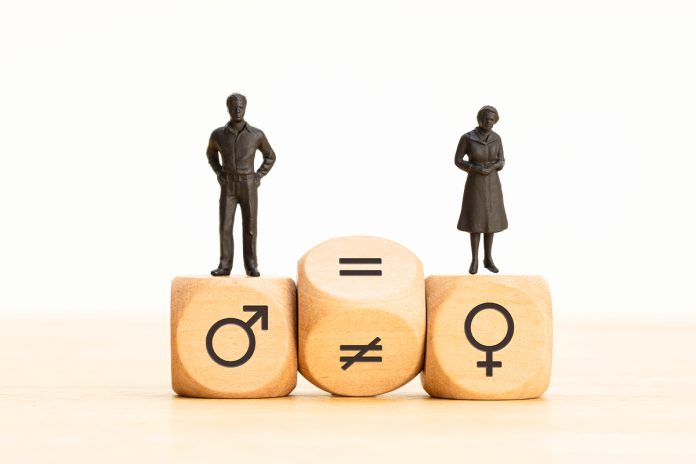Generative AI is a generational gamechanger, but we must be wary of its implementation, lest it stymie the progress of women in the workplace
Words by Karan Karayi
Change is taking place at a dizzying pace on the work front. On this giant corporate stage, we all play our parts. Some of the greyhounds racing ahead, some of dinosaurs doing their best impression of a deer stuck in the headlights as a meteor streaks through the sky and draws a line under their time.

“So what?”, I hear you say. “Change is a constant for society and industry. Leaders declare its inevitability all the time.”
I hear you, and to that, I will say this. The difference is that this time, the meteor is a technological one called Generative AI, and it’s hurtling towards terra firma at light speed. And more than anything else, it’s impacting the prospects of women in leadership positions, if the World Economic Forum’s gender gap report is anything to go by.
The worrying decline in women leaders
As the report reveals, the hiring rate of women into leadership roles has been on a steady decline, a concerning trend that demands our immediate attention. In 2022, the global hiring rate for women into leadership positions touched a high of 38%, but this figure has fallen each year since, now down to a mere 36%.

This slow but steady downward trend is being observed across major economies, including the United States, the United Kingdom, and France. Despite the marginal progress made in recent years, female representation at the leadership level has risen by less than 1% in the past six years, from 30.9% to 31.7%.
Closer to home, India has witnessed slightly more than 2% growth in the overall percentage of women in senior leadership roles from 16.6% in 2016 to 18.7% in 2023. These are numbers that show positive progress, but a long way to go yet.
The impact of Generative AI on the workforce
The workforce transformation driven by generative AI presents both challenges and opportunities for women’s leadership. This new technology is set to drastically change the skillsets required for jobs, with LinkedIn predicting a staggering 68% shift by 2030. Many of these in-demand skills are soft, interpersonal abilities, such as team leadership, strategic thinking, and collaboration – areas where women have been found to have a 28% higher share compared to men.
Women’s upskilling in AI Engineering
While the advent of generative AI poses a threat to women’s leadership prospects, there is a silver lining. Women are proactively upskilling themselves in the field of AI engineering, with the share of female AI talent and the concentration of women working in this domain growing significantly since 2016. This presents a unique opportunity to leverage women’s technical expertise and leadership abilities to drive the future of the AI-powered workplace.
The consequences of losing women in leadership
When women miss out on leadership opportunities, the entire global economy suffers. Women make up a significant portion of the workforce, and their exclusion from senior positions has far-reaching consequences. Not a single country or industry has achieved gender parity in leadership, and the 2024 report suggests that this is unlikely to change without a major shift in approach.
The decline in women’s representation at the leadership level is a vicious cycle that perpetuates itself, ultimately damaging the global economy. To break this cycle, we need systematic, economy-wide solutions that address the root causes of gender inequality.
Empowering women through fair hiring and upskilling
Policymakers and businesses must take immediate action to support women as they navigate their careers. Fair hiring practices, inclusive upskilling and mentorship programs, and a focus on skills-based hiring can help open doors that might otherwise be closed to women. Providing equal opportunities for women to learn and progress in high-growth areas like AI is crucial.
Policymakers must enable and demand actions that businesses must take to support women’s career progression. Fair hiring practices, inclusive upskilling initiatives, and a focus on skills-based hiring can help drive more women into senior positions. Businesses, on the other hand, must embrace these policies and champion gender parity as a strategic imperative.

Flexible working policies, such as hybrid and remote work arrangements, can also play a significant role in supporting women’s career advancement. We know that care responsibilities often disproportionately impact women, and workplaces must have policies that counteract this imbalance.
The road to gender parity in leadership is not an easy one, but it is a journey we must embark on with unwavering determination. By working together – policymakers, businesses, and individuals – we can create a more equitable and prosperous future, where women’s leadership is celebrated and empowered in the AI-driven workplace.
A call to action
The dinosaurs might not have stood a chance, but when change comes hurtling out of the heavens and makes a beeline for your location, you have a choice. Embrace it, internalise it, and unleash it back onto the world, like a ping pong master of sorts.
Gen AI is that changemaker, and it is now incumbent on us to seize this moment to revive women’s leadership prospects and secure a brighter, more inclusive future for all. Let us come together, harness our collective power, and create the change we wish to see in the world.


